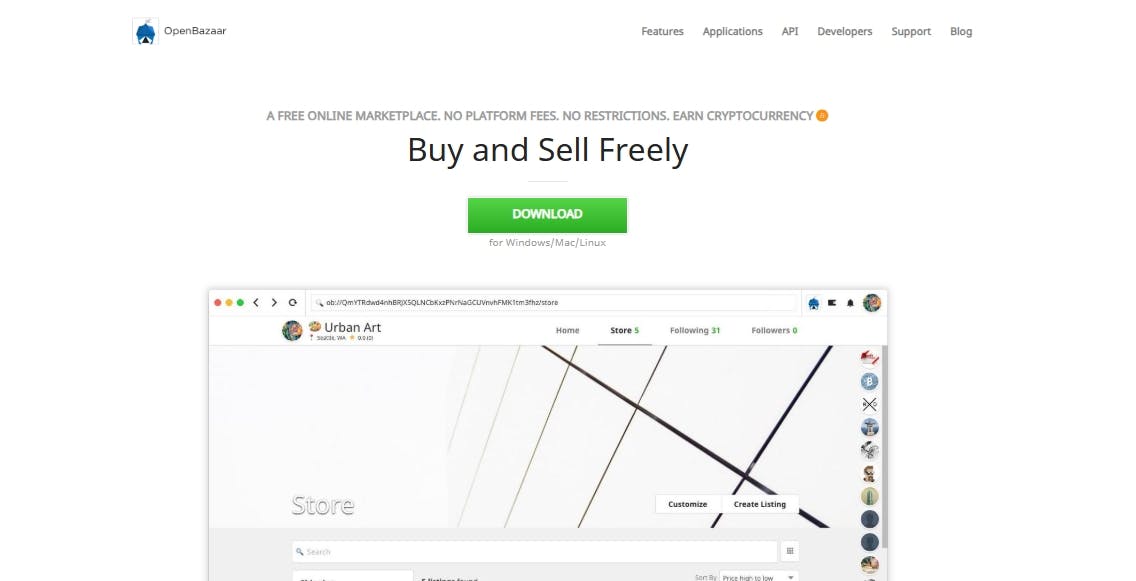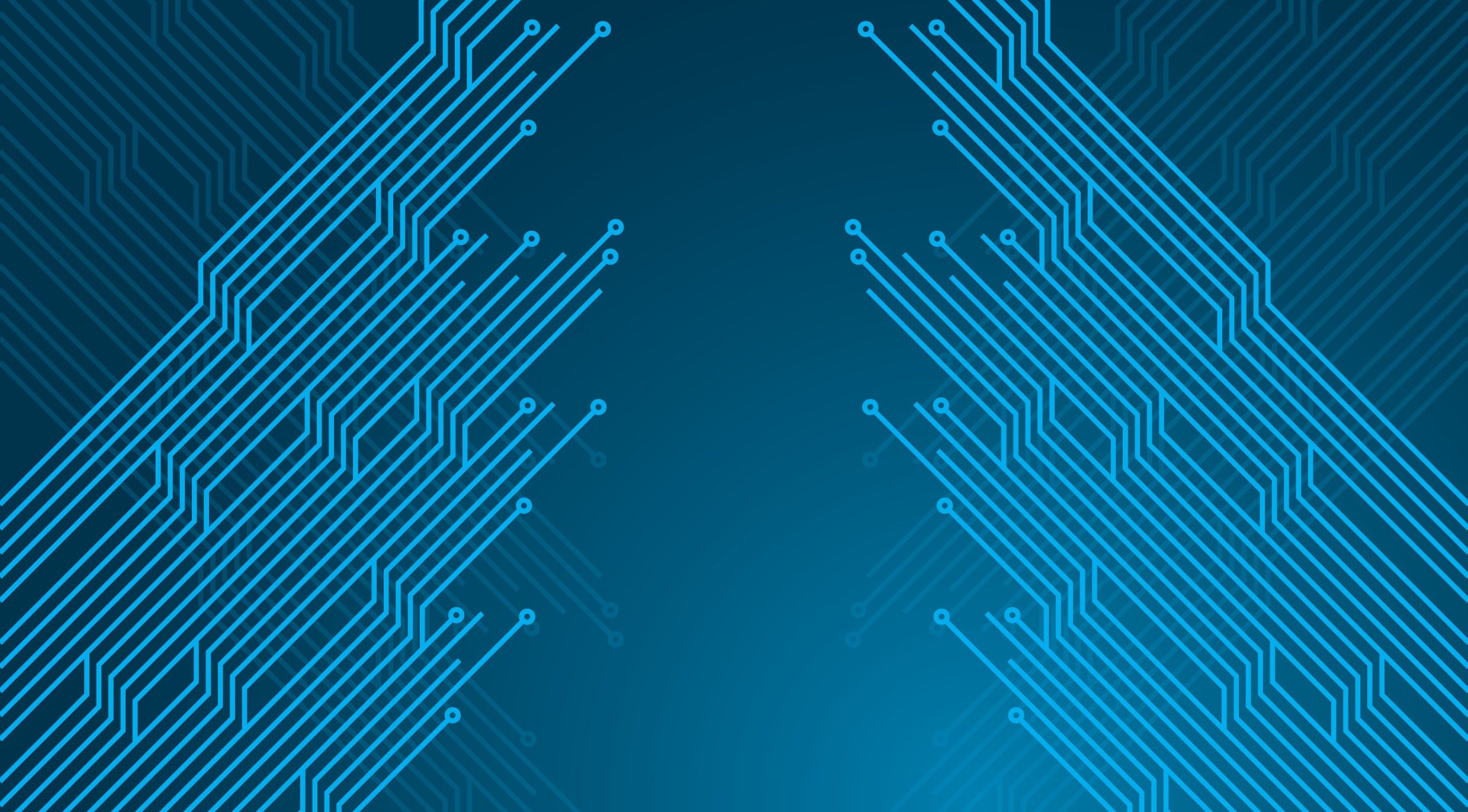A photo of Amir Taaki lying on a couch with a laptop on top of him is around the Internet. Perhaps a typical programmer image. Another photo of him in military uniform, holding a Kalashnikov assault rifle, is also around. This is the cypherpunk who went to Syria to fight the Islamic State. He’s also one of the earliest developers of Bitcoin, anarchist, and hacktivist.
Taaki wasn’t on the early cypherpunk mailing lists in the 90s, but he’s considered a late cypherpunk with strong ideals. Born in 1988 in London to a Scottish-English mother and Iranian father, he grew up in Kent (UK) with a strong curiosity for technology. As a child, he taught himself to code. University didn’t quite click for him; he briefly attended two before deciding to follow a different path. Instead of chasing degrees, he dove into the world of open-source software, where creativity and community mattered more than credentials.
Early in his tech journey, Taaki contributed to game development tools like SDL Collide and worked on free software games using the Crystal Space engine. Under the pseudonym ‘genjix’, he built racing and adventure games and helped with the open-source game ‘Yo Frankie!’. He also gave talks, including at the 2007 Games Convention in Leipzig, sharing his ideas on creative freedom.
Between 2009 and 2010, Taaki shifted gears and made a living playing online poker. This introduced him to the world of digital currencies. The decentralized nature of early Bitcoin aligned perfectly with his values, setting the stage for the next phase of his radical journey.
Influence in Bitcoin
Do you know what a Bitcoin Improvement Proposal (BIP) is? For Bitcoin developers, it’s a standard model to propose new features or fix weaknesses in the software. This model has been exported into other cryptocurrencies: we now have EIPs for Ethereum or OIPs for Obyte, for instance. Well, BIPs were invented by Amir Taaki. That’s how early he was involved in Bitcoin development.
It’s not the only thing he did for and around Bitcoin, of course. In 2010, he launched Britcoin, the UK’s first Bitcoin exchange, making it easier for locals to buy crypto with pounds. A year later, he co-developed its successor, Intersango, a more advanced trading platform. Both projects aimed to bring Bitcoin closer to everyday users, before regulations or large exchanges even entered the picture. That same year, he co-founded Bitcoin Consultancy, a group that helped others build on the new protocol; almost like an early startup incubator for Bitcoin ideas.


In 2011, too, he gave the first-ever Bitcoin public presentation in Amsterdam; and that was followed the next year by the Bitcoin’s first-ever conference in London. In 2013, wanting to push things even further, Taaki created libbitcoin, the first full rewrite of Bitcoin’s codebase. Most people were relying on the original software from Satoshi Nakamoto, but Taaki wanted tools that gave developers more freedom and privacy. Unlike the standard client, libbitcoin emphasized modularity and long-term scalability.
During the same year, alongside Cody Wilson, he developed Dark Wallet, a Bitcoin browser-based wallet with built-in privacy features like coin mixing. Fun fact: Vitalik Buterin, who was the main writer of Bitcoin Magazine back then, wrote about it way before Ethereum. More crypto projects would come in the next few years from Taaki, but first…
An Anarchist Revolutionary
In 2015, Taaki left the crypto scene and flew to northern Syria, specifically to Rojava—a Kurdish-led, autonomous region trying something radical: direct democracy without a state. Imagine a society run by local councils, with power spread horizontally, not top-down. Rojava’s people weren’t just defending their land from ISIS; they were building a new kind of world based on cooperation, feminism, and decentralization. Taaki joined the YPG, their volunteer military force, even though he had zero combat experience. He was handed a Kalashnikov, taught to shoot on the way to the front, and spent over three months in active combat zones.
But coding was more his style than firefights. After his time on the battlefield, he switched to working with Rojava’s economic committees. There, he pushed for new models of organizing resources: tools that didn’t rely on banks or centralized systems. With the region under embargo and cut off from international finance, Bitcoin wasn’t just useful, it was potentially revolutionary. He helped locals explore how digital currencies and open tech could support a grassroots economy.
“My main goal with going to Rojava was not because I opposed ISIS, it’s because I support their [the Kurds’] revolution. I support their politics and their struggle (…) They’re trying to create a people’s economy. To establish a decentralized economy, you need decentralized money (…) Now we have a technological tool [Bitcoin] for people to freely organize outside the state system. Because it’s a currency not controlled by central banks.”
Taaki’s vision wasn’t limited to war zones or digital ledgers. He believed Rojava’s experiment could become a living example of freedom, one not reliant on Western governments or corporate tech. To him, building a decentralized economy was another form of resistance.
Some “Dark” Projects
It seems like Taaki likes “dark” things because he has a few in his portfolio. Not long after Dark Wallet, Taaki co-created DarkMarket in 2014, a peer-to-peer marketplace built to resist censorship. Unlike Silk Road, which relied on central servers and was shut down, DarkMarket worked like BitTorrent. He handed the idea off to the world by open-sourcing the code, which was later forked into OpenBazaar, a more polished but less radical version that eventually shut down in 2022 (a 3.0 version has been promised, though).



In 2015, Taaki released Darkleaks, a clever but controversial tool to anonymously sell secret information. Think of it as WikiLeaks with a price tag and no middlemen. The system relied on Bitcoin’s blockchain to securely reveal file samples before purchase, proving authenticity without giving everything away. Although technically fascinating, it never gained real-world traction and was abandoned not long after. Still, it was one of the earliest attempts to merge whistleblowing with cryptographic trust.
Fast-forward to today and DarkFi is Taaki’s most ambitious project yet. Launched in alpha in 2025, it’s a full-stack anonymous platform that includes private chat, wallet, DAO tools, and a custom blockchain, all wrapped in a sleek interface for users. Unlike Signal or other messengers, DarkFi doesn’t just promise privacy; it offers untraceability. Every message is unlinkable, and there’s no registration or identity involved. While it’s still rough around the edges, it’s very much alive as a digital toolkit for those serious about freedom in hostile environments.
Against Centralized Control & Lack of Innovation
This cypherpunk, of course, is also against all centralized control —and that includes potential middlemen inside crypto. We can read it in the Libbitcoin Manifesto:
“Independence and autonomy is the ability to act. If we always need third parties and central organisations to resolve disputes, solve our problems and coordinate us then we are doomed as a species. Central authorities are always a magnet for corruption and that will never change. Learn to be self-reliant and make things happen.”
Indeed, Taaki thinks that Bitcoin Core (and its developers) has become a tad corrupt, lacks real leadership, and is even allergic to innovation. He has also expressed that we should avoid corporate control in crypto, something that has been continuously happening for several chains over the years. According to him, Ethereum and Solana could be examples of it.
Not all crypto networks are the same, though. Obyte, a DAG-based ecosystem, is aiming to achieve full decentralization. Its architecture, free of middlemen (miners or “validators”) allows users to add their own transactions without the approval of anyone, thus avoiding potential censorship. Only Order Providers (OPs) remain to help order transactions in the Directed Acyclic Graph (DAG), but they don’t have control over transactions and can be selected and replaced by the community itself through on-chain governance.
If we want an autonomous, decentralized future, we must start acting now and using all available tools to reach it.
Read more from Cypherpunks Write Code series:
Featured Vector Image by Garry Killian / Freepik
Photograph of Amir Taaki from his personal website, archived.













